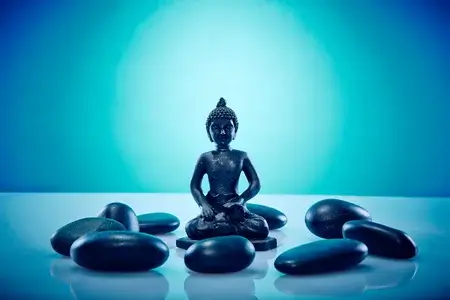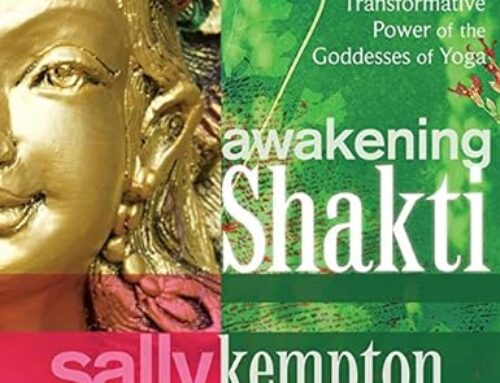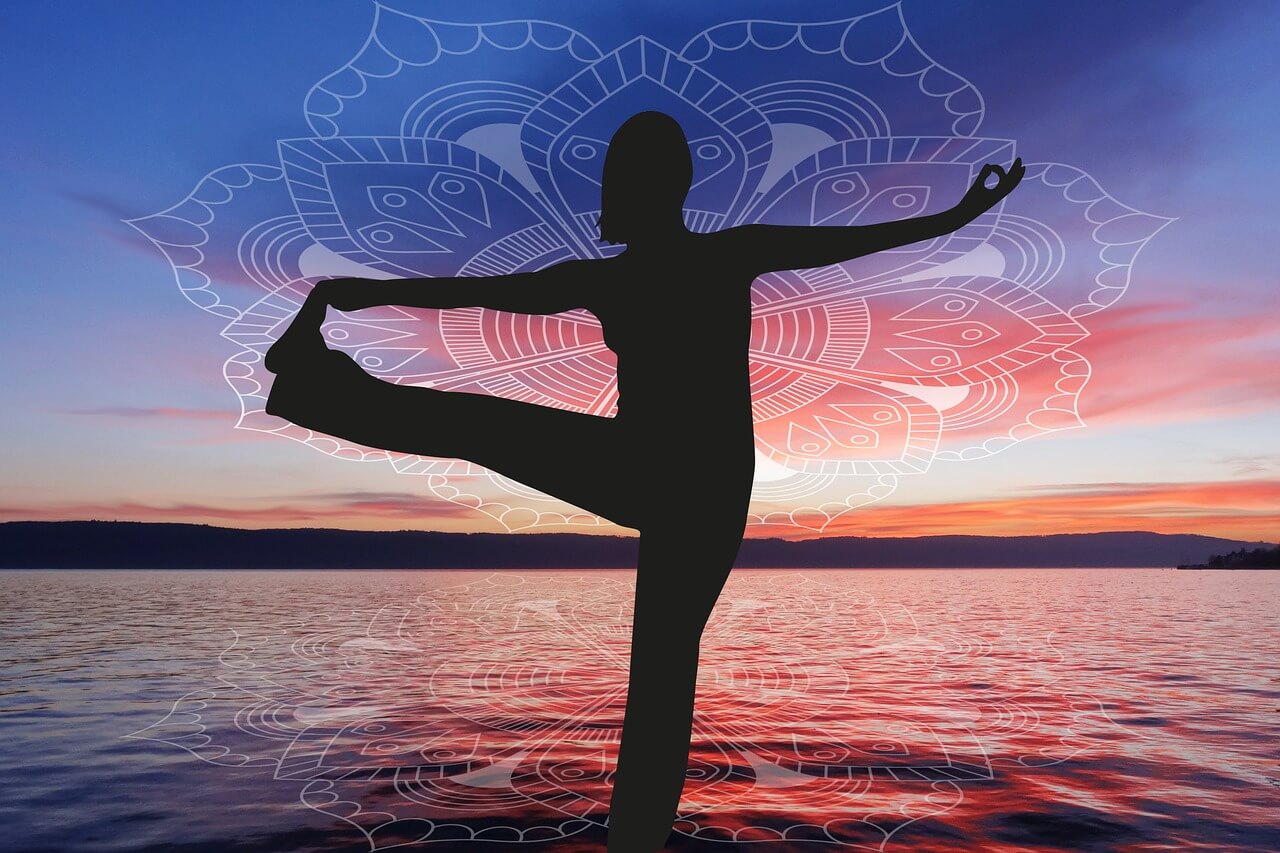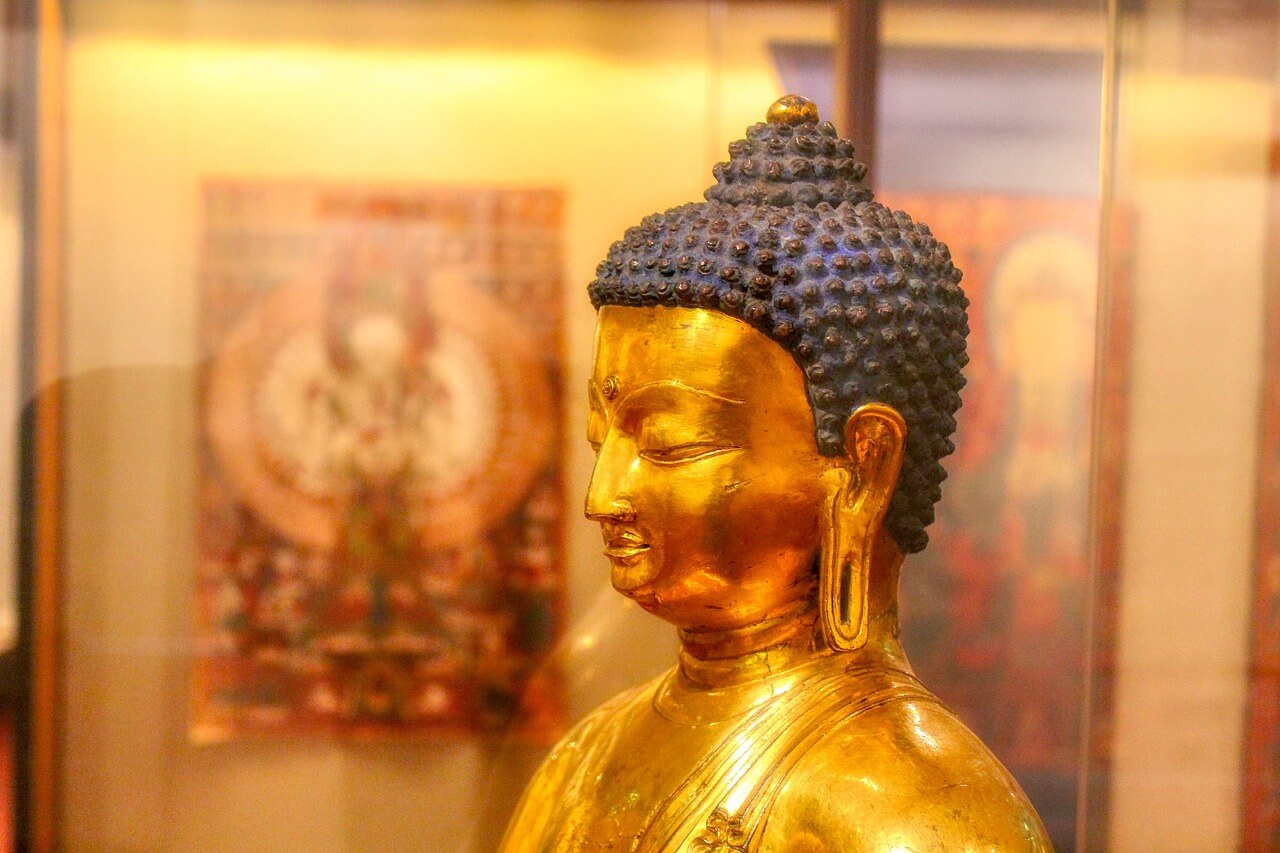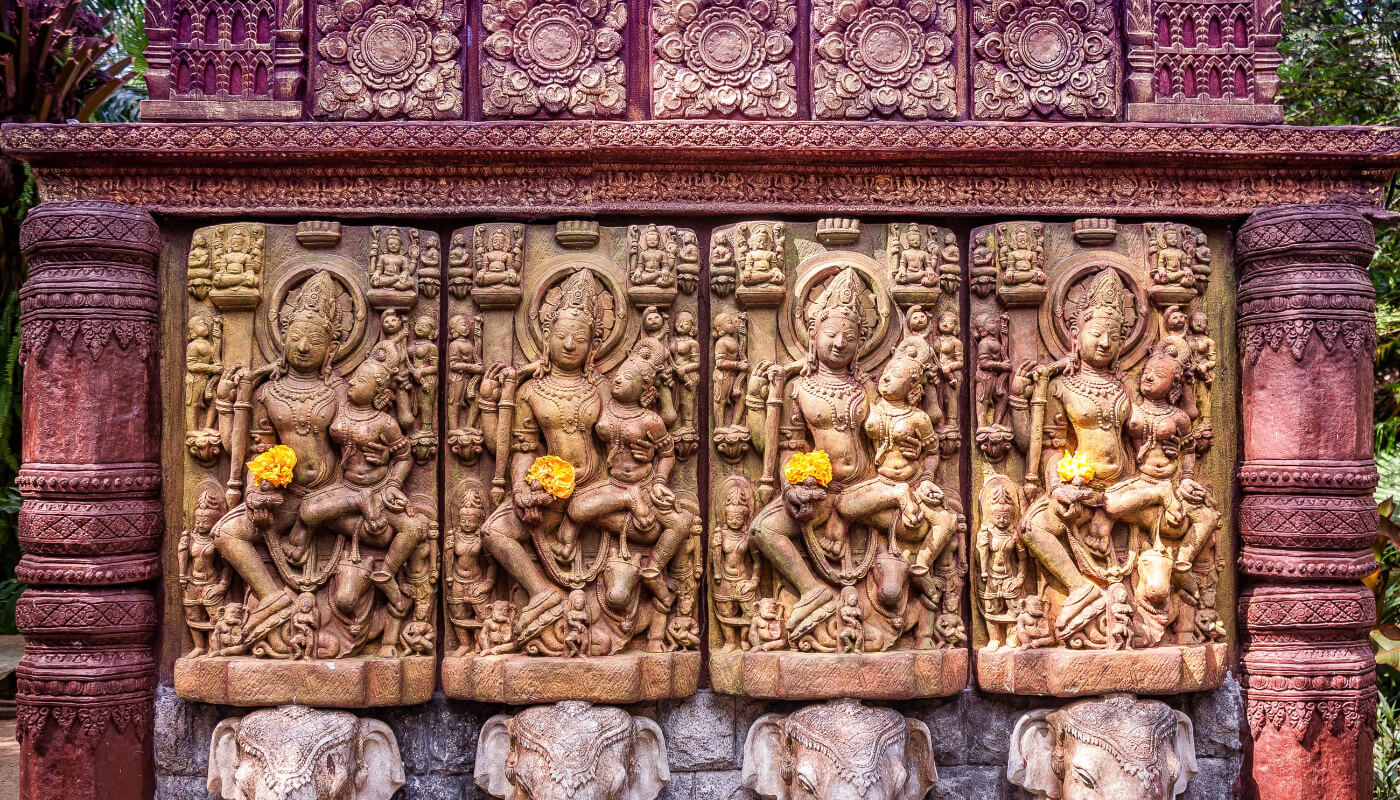Exploring the Profound Practice of Tantra Meditation
In the realm of spiritual and mindfulness practices, Tantra meditation stands as a profound and intricate path that invites individuals to delve into the depths of their being, fostering a holistic union of mind, body, and spirit. With roots tracing back centuries, It has evolved into a multifaceted practice that goes beyond its popularized associations with intimacy, embracing a broader spectrum of transformative experiences. In this article, we journey into the essence of Tantra meditation, uncovering its origins, principles, and benefits. Many Tantra Retreats provide practical workshops for this kind of relaxation exercises.
Origins and Philosophy
Tantric meditation originates from the ancient spiritual traditions of India, with its earliest references found in texts like the “Tantras” and the “Vedas.” Unlike conventional meditation practices that often focus on detachment and renunciation, this type of meditation embraces the material world as a means to attain spiritual enlightenment. It is built upon the principle that every aspect of existence, no matter how ordinary, can be a path to the divine.
Central to it, is the recognition of the divine feminine (Shakti) and masculine (Shiva) energies within each individual. These energies are symbolic representations of creation and consciousness, and their harmonious union within oneself is a fundamental objective of Tantra meditation. The practice strives to awaken and balance these energies, allowing practitioners to transcend duality and experience unity with the universe.
The Practice
Encompasses a wide range of techniques that integrate breath, sound, movement, visualization, and focused attention. While it can include partner practices, its essence lies in individual exploration and self-discovery.
One common approach to Tantra meditation involves chakra activation. Chakras are energy centers located along the spine, each associated with different aspects of physical, emotional, and spiritual well-being. Through meditation and visualization, practitioners direct their attention to these chakras, aiming to awaken and balance their energies. This process facilitates a profound sense of inner alignment and self-awareness.
Another key component is mindfulness of senses. This encourages individuals to engage fully with their sensory experiences, whether it’s savoring the taste of food, relishing touch, or embracing sounds. By immersing themselves in these sensations, practitioners cultivate presence and tap into the deeper layers of consciousness. Some people uses the very comfortable Tantra Chaise or Tantra Chair to experience relaxation and stress management.
Benefits of Tantric Meditation
The benefits are extensive and encompass various dimensions of human existence. Physically, regular practice can lead to reduced stress, improved sleep, and enhanced vitality. Emotionally, it can aid in healing past wounds, increasing self-love, and fostering harmonious relationships.
On a spiritual level, it offers a profound sense of interconnectedness with the universe. As practitioners awaken their internal energies and bridge the gap between the material and the divine, they often report moments of transcendence and unity. This can lead to heightened spiritual insights and a greater understanding of the nature of reality.
It is a rich and intricate tapestry that weaves together spirituality, mindfulness, and self-discovery. Its embrace of the physical world, coupled with its profound philosophical underpinnings, sets it apart from other meditation practices. Through its diverse techniques and approaches, tantra meditation provides a pathway for people to explore the realms of consciousness, deepen their connection to the divine within, and experience life in its fullest expression. As with any profound practice, guidance from experienced teachers and a deep respect for its traditions are essential for those who wish to embark on this transformative journey.
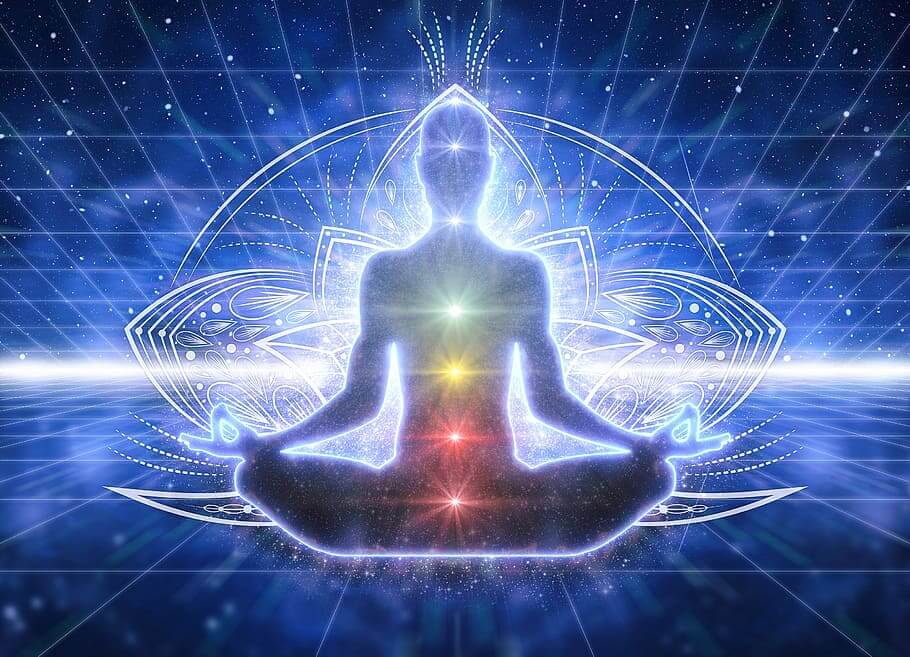
Step-by-Step Guide Tantra meditation
Tantra meditation is a spiritual practice that involves the integration of breath, energy, and awareness to achieve a state of inner harmony and connection with the universe. Here is a step-by-step guide to help you embark on your journey into Tantra meditation:
1. Set Your Intention: Begin by setting a clear intention for your meditation session. This could be an intention to connect with your inner self, to balance your energies, or to experience a deeper sense of unity.
2. Find a Comfortable Space: Choose a quiet and comfortable space where you won’t be disturbed. Sit in a comfortable position, either cross-legged on the floor or on a cushion, keeping your spine straight and your hands resting on your lap.
3. Center Yourself: Take a few deep breaths to center yourself. Close your eyes and bring your attention inward, letting go of any external distractions.
4. Grounding and Relaxation: Focus on your breath and allow your body to relax with each exhale. Visualize roots extending from the base of your spine into the earth, grounding you and creating a sense of stability.
5. Invoke Divine Energy: Invoke the divine feminine energy (Shakti) and masculine energy (Shiva) within you. You can do this through a simple affirmation or visualization. Envision these energies as a gentle, warm light at the base of your spine (Shakti) and at the crown of your head (Shiva).
6. Activate Chakras: Focus your attention on the energy centers along your spine, known as chakras. Start from the base and work your way up, spending a few minutes on each chakra. Visualize each chakra as a spinning wheel of light, radiating its respective color.
7. Breath Awareness: Shift your attention to your breath. Breathe deeply and slowly, focusing on the sensation of the breath entering and leaving your body. As you inhale, imagine drawing energy up from the base of your spine to the crown of your head. As you exhale, imagine the energy flowing back down.
8. Mindfulness of Senses: Engage your senses mindfully. If you’re indoors, focus on the feeling of the air against your skin, the sounds around you, and any scents present. If you’re outdoors, embrace the natural world through touch, sight, sound, and scent.
9. Inner Union: As you continue to breathe and sense, envision the meeting and intertwining of the Shakti and Shiva energies within you. Visualize them merging and creating a harmonious, balanced energy at your heart center.
10. Unity and Expansion: Expand your awareness beyond your physical body, feeling a connection to the universe around you. Experience a sense of oneness with everything, transcending the boundaries of individuality.
11. Closing and Gratitude: When you’re ready to conclude your meditation, take a few deep breaths and slowly bring your awareness back to your physical body. Offer gratitude for the experience and the opportunity to connect with your inner self.
12. Reflection: After your meditation, take a few moments to reflect on your experience. Journaling can help you capture any insights, emotions, or sensations you encountered during the practice.
This is a journey of self-discovery and connection, and each session may offer unique insights. As you progress, consider seeking guidance from experienced teachers or practitioners to deepen your practice and understanding.
Retreat 1
Your Content Goes Here
Retreat 1
Your Content Goes Here

